A Madcap Project Aims to Rejuvenate a Former Mining Town in Belgium
Koen Vanmechelen’s Labiomista is part art, part science, and heavy on the chickens.
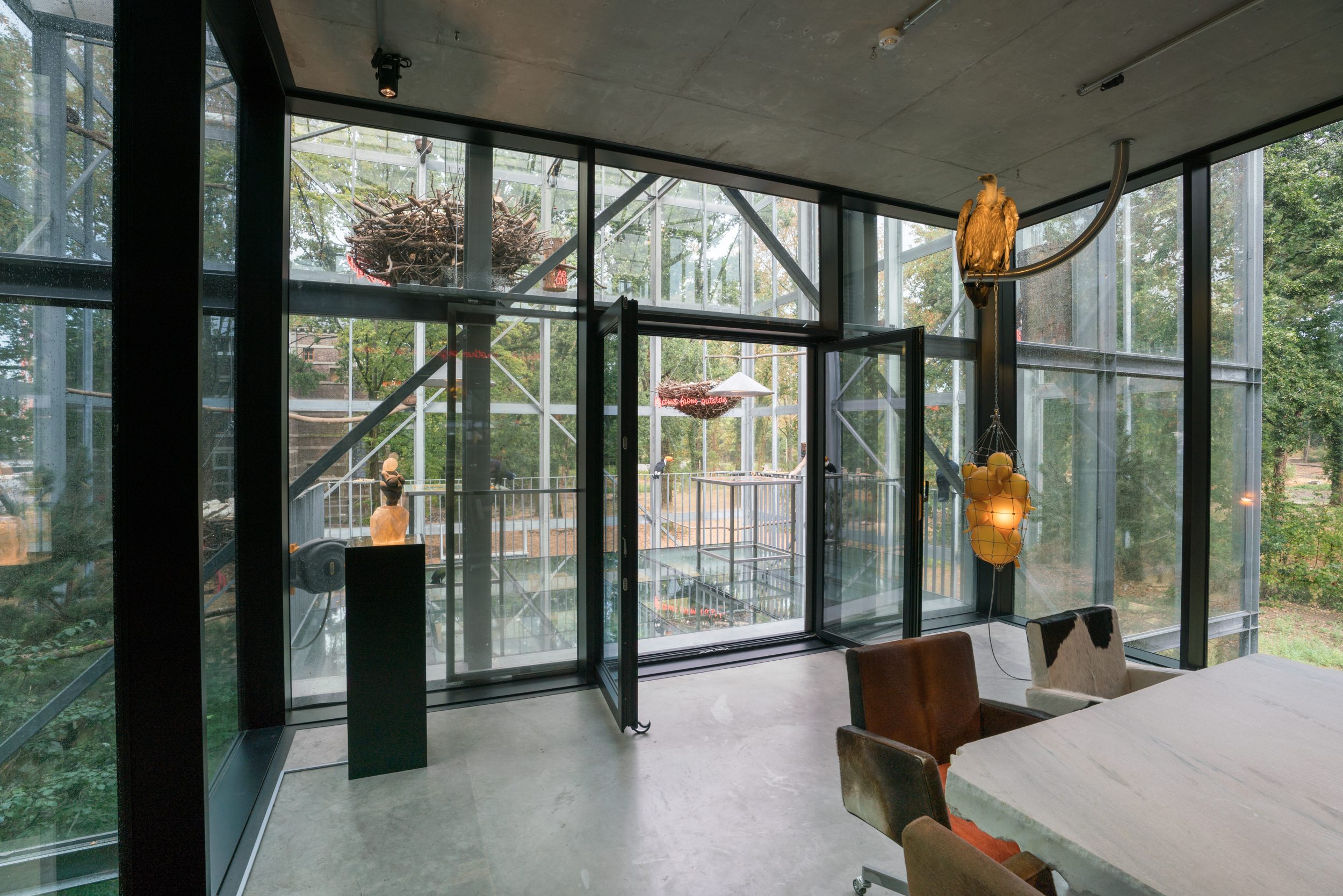
Tell someone you’re going to Genk, and the almost inevitable question in response is whether you’re visiting Ghent instead. One can be forgiven for not having heard of this sleepy industrial town in the Flemish region of Belgium, which doesn’t appear to have much to recommend itself other than an open-air museum featuring artifacts of rural life.
The neatly manicured lawns and immaculate new houses lining the streets of the town belie its scarred past: through the 20th century, Genk was home to three coal mines and a Ford plant which was at one point the largest in Europe, but when these were shut down in succession, the unemployment rate shot up to affect almost a fifth of the population. Now, however, an ambitious project by the artist Koen Vanmechelen and his team promises to transform the community, rehabilitate its damaged natural landscape, and kickstart economic growth in the area.
It’s tricky to describe Labiomista, but suffice it to say that it pulls together all the different strands of Vanmechelen’s practice, which focuses on biodiversity and what he calls a movement against “monoculture.” This large-scale project is at once Vanmechelen’s madcap playground, created in collaboration with the city of Genk, as well as a social enterprise. But to understand what it is about, one has to first delve into Vanmechelen’s obsession with chickens, which has brought him a fair amount of fame outside Belgium: for two decades now, he has been breeding chickens from all over the world with the aim of diversifying and strengthening their gene pool and aesthetic variety.
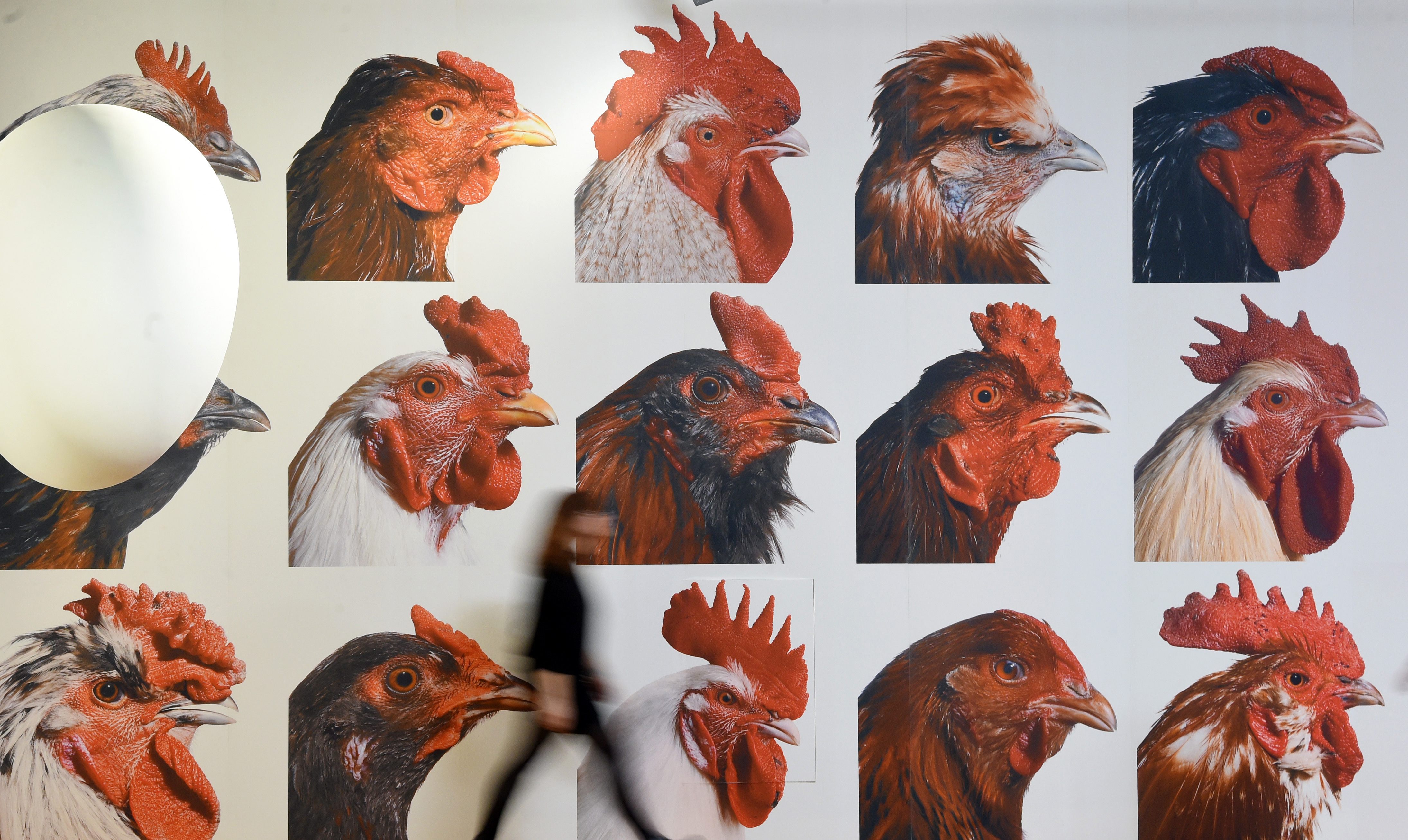
“The global can only exist at the generosity of the local,” he says, while showing visitors the coop where he is breeding his “22nd generation” of chickens. “The chicken is a metaphor for that—it is a very versatile animal and you can find unique species of it in every country, but it has been over-bred in insular communities to the point where it has become weak or even infertile. When you encourage cross-breeding, you get stronger chickens. It’s a similar logic to the history of humanity. The more you cling only to the familiar, the less healthy you are. That’s what I call monoculture.”
Jean-Jacques Cassiman, a professor of human genetics at the Catholic University of Leuven, has worked with Vanmechelen for years to considerable success on his breeding schemes, and can testify to the scientific soundness of what seems like a rather odd undertaking. “I was intrigued by his ideas because nobody else was doing the same thing,” he says.
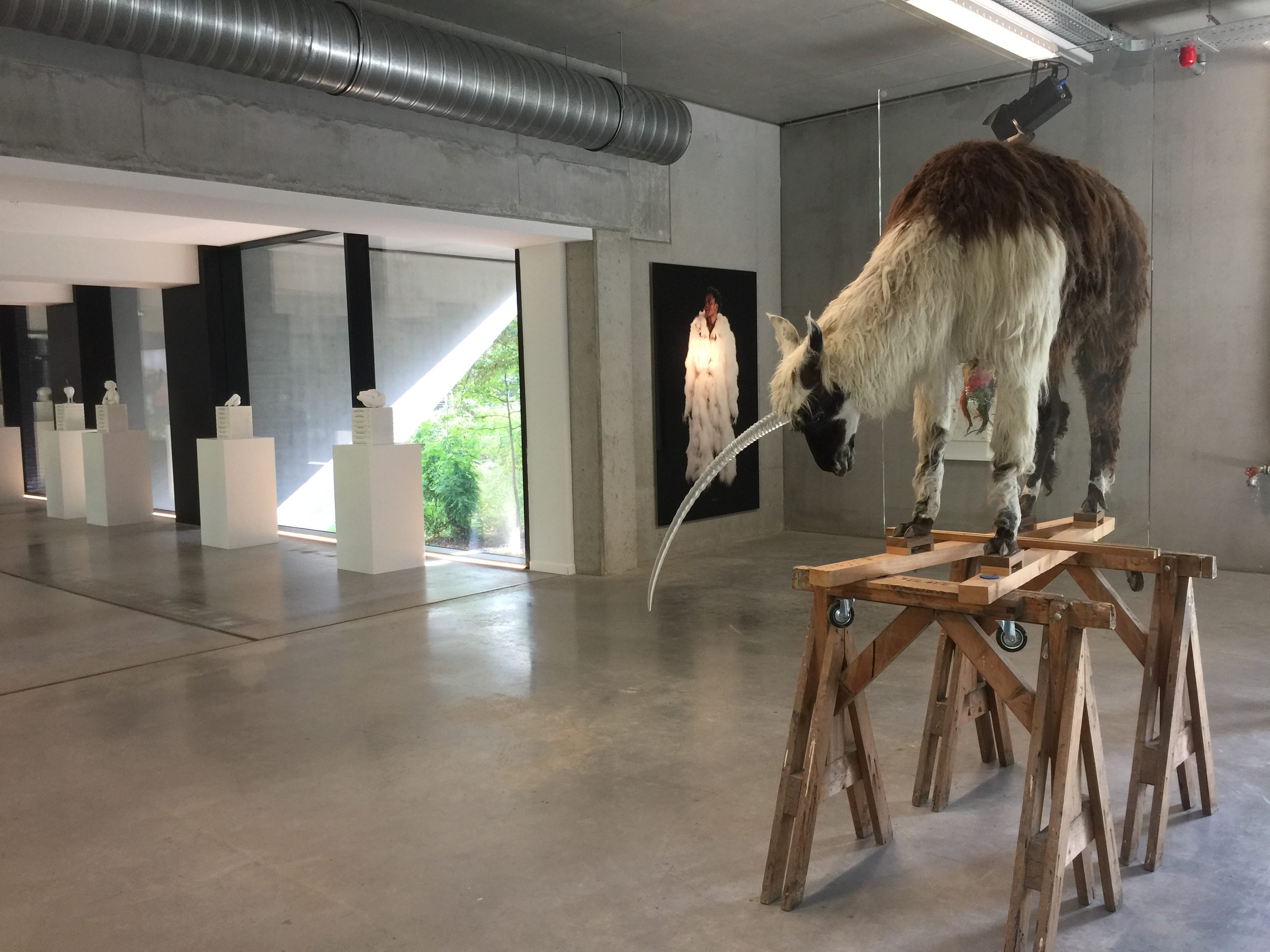
The chicken and all the sociopolitical questions it embodies form the starting point of Labiomista. There are three main elements to it: firstly, it includes an art studio designed by the celebrated Swiss architect and Vanmechelen’s friend, Mario Botta, which features a conjoining greenhouse. “It’s like stepping into the Garden of Eden,” Vanmechelen muses of the aviary, which houses tropical plants and pairs of birds from around the world that have been classified as vulnerable or “near threatened”, including turacos, hornbills, toucans and Victoria crowned pigeons.
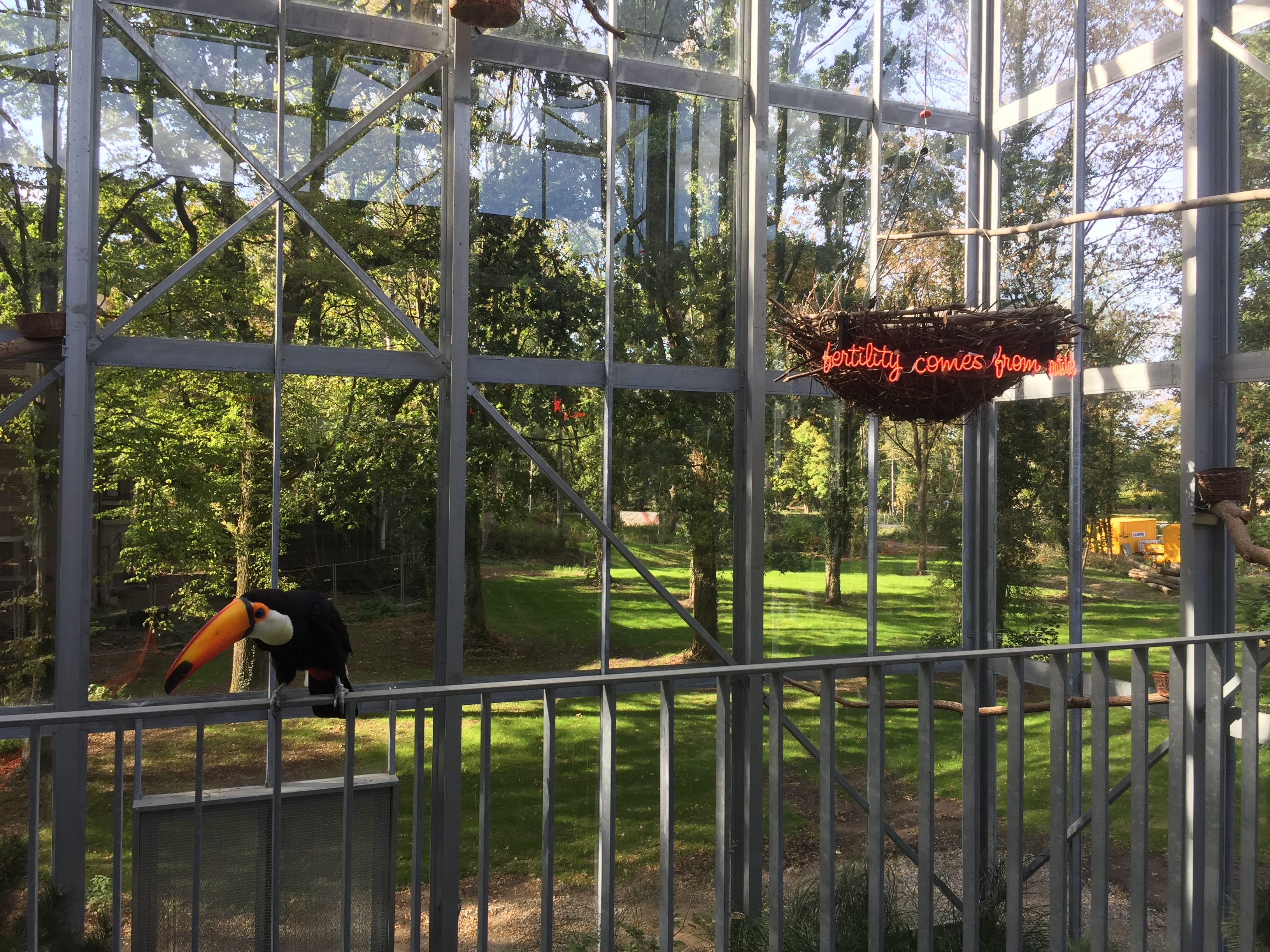
Step outside the studio and you find yourself in what Vanmechelen and his team call the Cosmopolitan Culture Park, a disused slice of grassland that stretches over 60 acres. It sits atop what used to be a coal mine, which was then converted to a zoo that had an exceptionally colorful past. At one time, the BBC called the Limburg Zoo the “worst zoo in the world” and for good reason—tales from its tragicomic past include that of an employee that was torn apart by bears, widespread accusations of animals being slaughtered to feed other animals, and runaway goats that never returned.
The grounds are still barren in many parts, but Vanmechelen intends to introduce animals that “sit in the space between the domestic and the wild,” including ostriches, llamas, camels, and alpacas. These animals are currently being bred by Vanmechelen and his wife on a sprawling menagerie in their home, which is a 10-minute drive from the complex. They will be allowed to roam free in the park when it opens to the public in May 2019. “I want people to know that they can feel free to engage with their surroundings and that this is the norm, not the sort of life we’re used to where we’re alienated from nature,” Vanmechelen says. Lastly, the historic 1920s villa where the director of the coal mine used to live will be converted to a study and research forum where scientists, curators and public visitors can discuss and learn more about topics relating to sustainable living.

And what of the economic element of the project, which has drawn a lot of attention from the townsfolk? Only around 65,000 people call Genk home, but it is unusually diverse for a small European town, with families from a whopping 85 different nationalities that settled over the last century, enticed by the mining boom. With the mines shuttered, residents have been forced to look further afield for jobs. Hoping to boost employment and social cohesion, Vanmechelen has parceled out a space within the Cosmopolitan Culture Park for local traders and agriculturalists to grow and sell food, while mingling with one another.
Efgenia Karampatakis, who runs a Greek restaurant in the vicinity around Labiomista, has already submitted a proposal to run a picnic-style stall in the park. “Koen Vanmechelen is an artist, but he is first a person with his heart in the right place,” she says. She makes mention of analogous art projects that Vanmechelen is running in Detroit and Ethiopia, which similarly draw attention to how troubled communities can be healed through sustainable farming. Vanmechelen believes that his projects create jobs for the disenfranchised, especially women who have traditionally only been confined to domestic work.

Naturally, there will always be a place for Vanmechelen’s beloved chickens in the Labiomista project. The park includes a breeding station for chickens, and there is a public area beneath his studio that boasts an enclosure for the red jungle fowl, which he calls the “ancestor of the modern domestic chicken.” The main entrance of La Biomista is a dramatic passage of steel, bricks and concrete that Vanmechelen calls “The Ark.” It is hard to miss the Biblical grandeur of his vision, and one cannot help but hope that the eccentricity of this entire endeavour will offer, if not at least a spark of curiosity, then a sense of positive change and renewal within this wounded town.
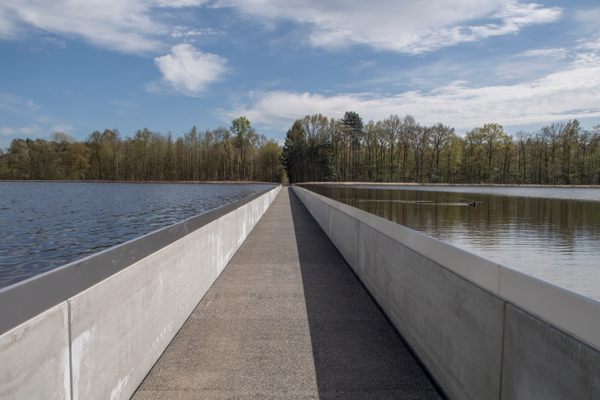



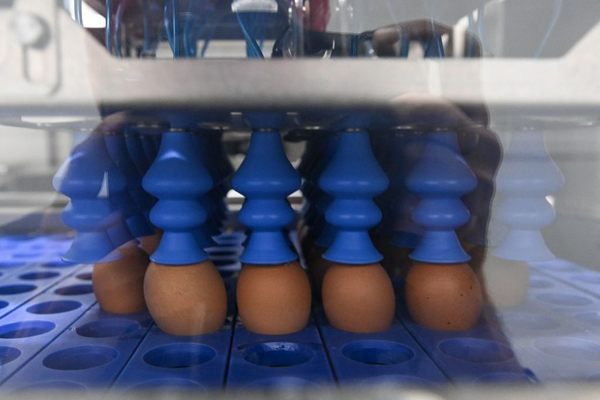



























Follow us on Twitter to get the latest on the world's hidden wonders.
Like us on Facebook to get the latest on the world's hidden wonders.
Follow us on Twitter Like us on Facebook